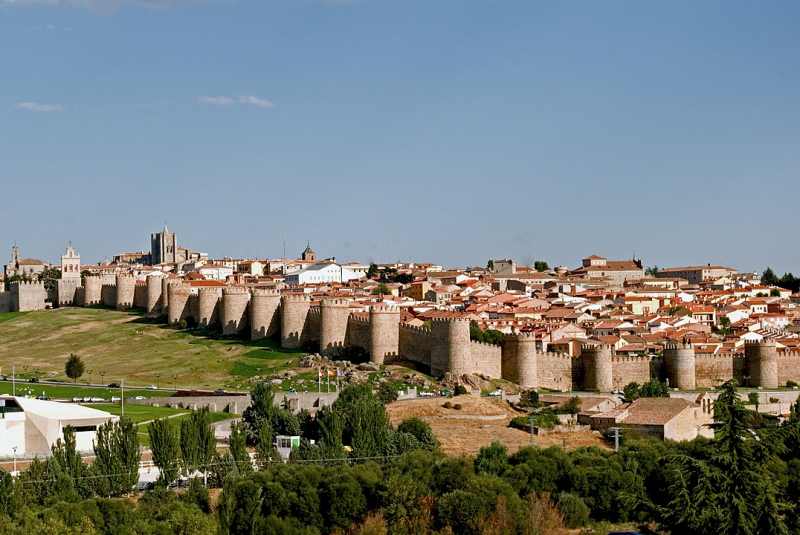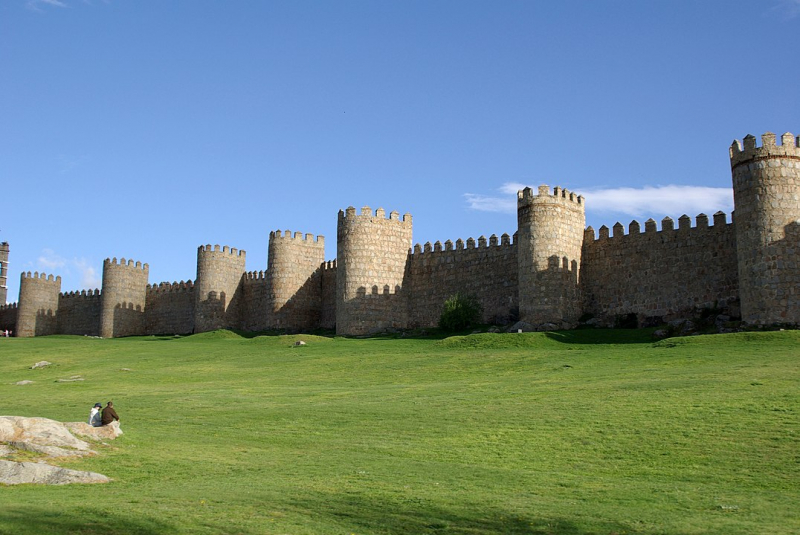Ávila
ÁVila is a Spanish city in the autonomous community of Castile and León. It is the capital and the most populated municipality of the Province of Ávila. It is located on the Adaja River's right bank. Located more than 1,130 m above sea level, the city is the highest provincial capital in Spain.
Known for its medieval walls, Ávila is also known as the Town of Stones and Saints, and it claims to have the highest number of Romanesque and Gothic churches per capita in Spain. It features intact and notable medieval town walls erected in the Romanesque style. It features intact and notable medieval town walls erected in the Romanesque style; writer José Martnez Ruiz classified it as the most 16th-century town in Spain in his book El alma Castellana ("The Castilian Soul").
The magnificent Walls of Ávila (11th-14th centuries), which began in 1090, are the city's principal landmark. The enclosed area is 31 hectares (77 acres), with a perimeter of 2,516 meters, 88 semicircular tower blocks, 2,500 merlons, 3 m (9 ft 10 in) thick curtain walls, an average height of 12 m (39 ft), and 9 gates. The walls are the world's largest fully illuminated monument. It is possible to stroll around half of the perimeter of the walls. While some of the walls will never be walked due to their connection with other structures, a significant portion is yet to be made pedestrian-safe. In 1985, UNESCO designated Ávila as a World Heritage Site. The original location included the fortified city and four extra muros churches. Since then, the number of churches on the site has grown.
Location: Spain











